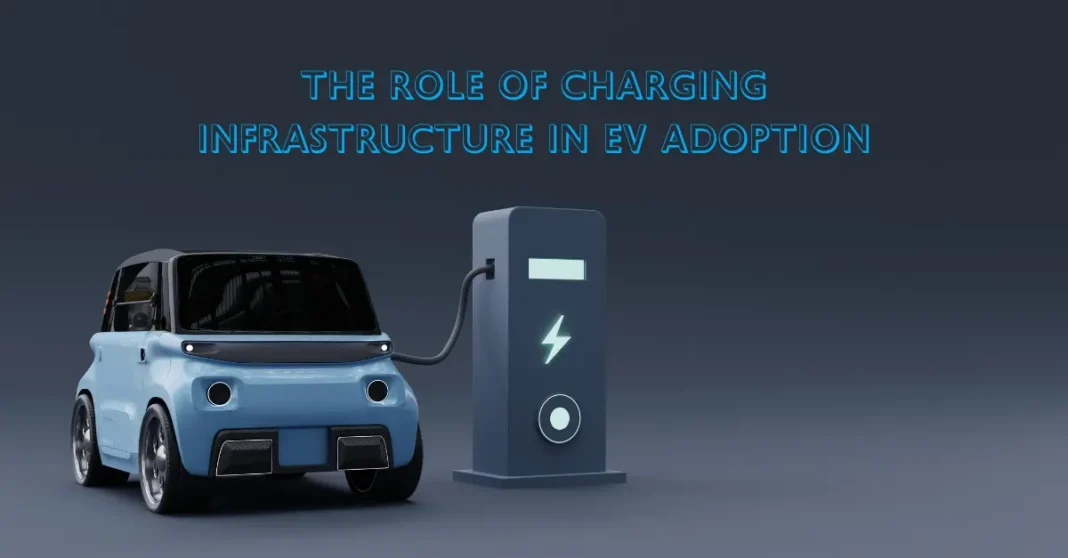Introduction
As electric vehicles (EVs) become increasingly popular, the availability and accessibility of charging infrastructure play a pivotal role in their adoption. This article examines how charging infrastructure influences consumer behavior, the current landscape of charging solutions, and the challenges and opportunities that lie ahead.
The Importance of Charging Infrastructure
- Consumer Confidence
- Range anxiety—concerns about running out of battery power without access to charging stations—remains one of the most significant barriers to EV adoption. A well-developed charging network alleviates this anxiety, boosting consumer confidence in choosing EVs over traditional combustion engines.
- Convenience and Accessibility
- The convenience of charging locations impacts purchasing decisions. Consumers prefer easily accessible charging stations at home, work, and public places. The more charging options available, the more likely potential buyers will consider EVs.
- Influencing Purchase Decisions
- Studies have shown that the presence of charging infrastructure can significantly influence consumers’ decisions to buy an EV. A robust network can be a deciding factor, especially in urban areas where residents may lack personal garages.
Current Landscape of Charging Solutions
- Home Charging
- Many EV owners charge their vehicles at home using Level 2 chargers, which can fully charge a vehicle overnight. The availability of incentives for home charging installations encourages more consumers to make the switch to EVs.
- Public Charging Stations
- Public charging infrastructure includes Level 2 chargers and fast chargers (DCFC) that provide quicker charging times. Fast chargers are crucial for long-distance travel and are typically found along highways and in urban centers.
- Workplace Charging
- Companies are increasingly installing charging stations for employees, promoting EV adoption while enhancing their sustainability credentials. Workplace charging can serve as a valuable resource for those who may not have access to home charging.
- Charging Networks
- Major charging networks, such as ChargePoint, EVgo, and Tesla’s Supercharger network, are expanding rapidly, improving the accessibility of charging stations across regions. Partnerships between automakers and charging networks are also becoming more common.
Challenges Facing Charging Infrastructure
- Uneven Distribution
- While urban areas may have a good concentration of charging stations, rural regions often lack sufficient infrastructure. This uneven distribution can deter potential EV buyers in less populated areas.
- Standardization Issues
- Different EV manufacturers use varying charging standards, leading to compatibility issues. The industry is slowly moving toward standardization, but until then, this can confuse consumers and hinder adoption.
- Infrastructure Costs
- The initial investment for installing charging stations can be significant. Public and private stakeholders must collaborate to fund these developments and ensure equitable access to charging infrastructure.
- Grid Capacity and Reliability
- As EV adoption grows, so will the demand for electricity. Upgrading existing electrical grids and ensuring reliability will be critical to supporting an expanding network of charging stations.
Opportunities for Growth
- Investment in Infrastructure
- Governments and private companies are investing heavily in expanding charging networks, recognizing their importance in facilitating EV adoption. Incentives, grants, and partnerships can help accelerate this growth.
- Innovative Charging Solutions
- New technologies, such as wireless charging and vehicle-to-grid (V2G) systems, hold promise for enhancing charging infrastructure. These innovations could improve convenience and efficiency for EV users.
- Integration with Renewable Energy
- By integrating charging stations with renewable energy sources (like solar and wind), the environmental benefits of EVs can be further enhanced. This approach can reduce the overall carbon footprint of charging EVs.
- Smart Charging Technologies
- Implementing smart charging solutions that optimize charging times based on energy demand and grid capacity can help reduce costs and ensure a stable power supply.
Conclusion
Charging infrastructure is a crucial component in the successful adoption of electric vehicles. By addressing the challenges and seizing the opportunities present in this space, stakeholders can enhance consumer confidence, improve accessibility, and facilitate a smoother transition to a more sustainable transportation ecosystem. As investment and innovation in charging solutions continue to grow, the future of EV adoption looks promising.

